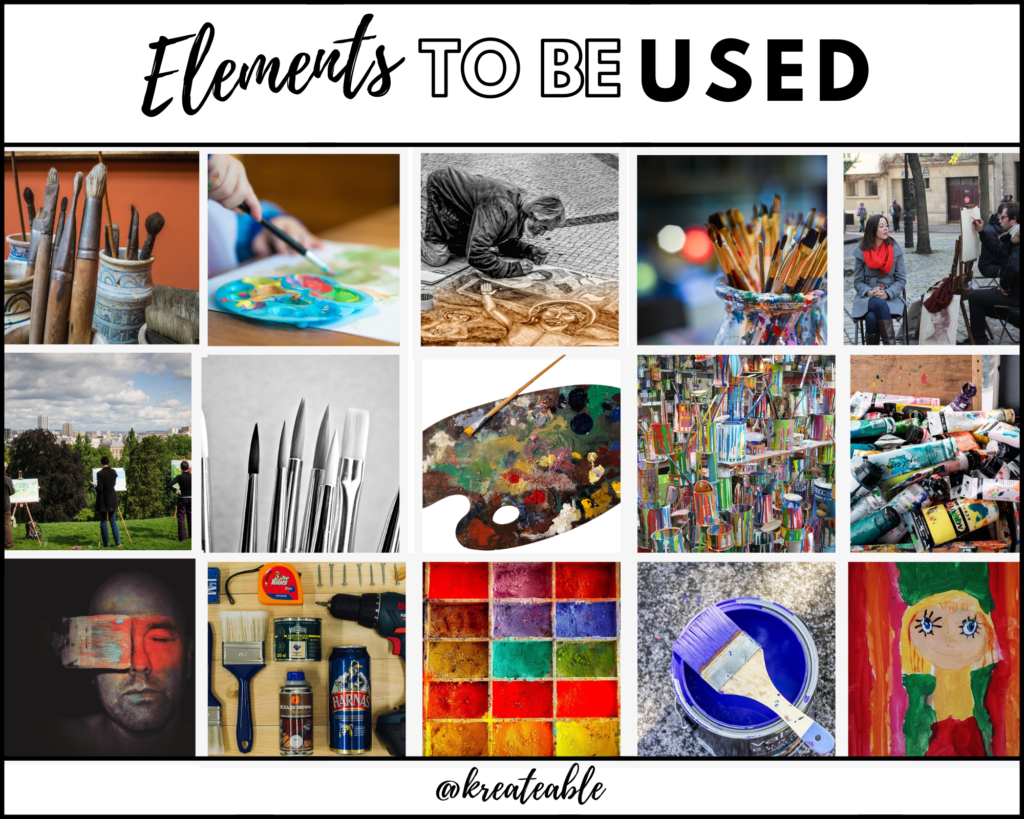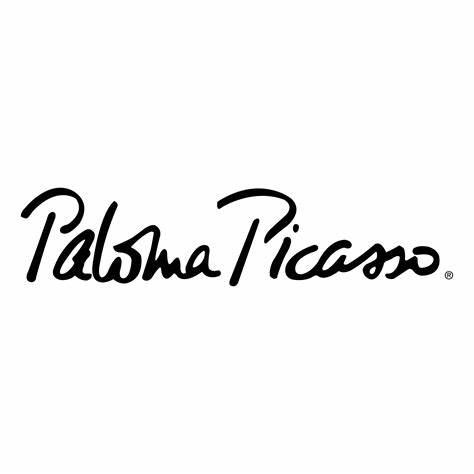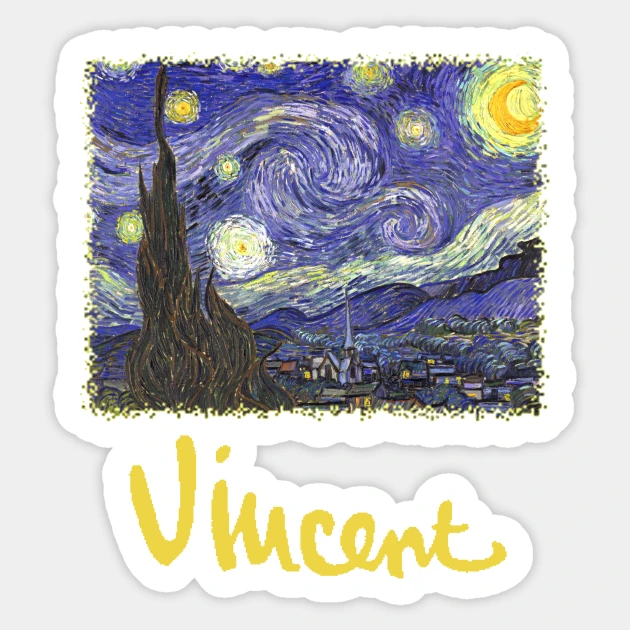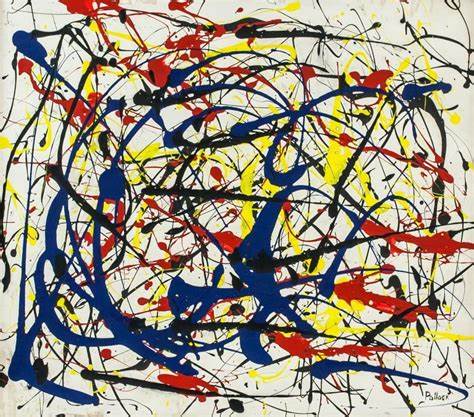Introduction
Art holds a special place in people’s hearts. The world of painting is a realm of creativity and expression, and a compelling logo serves as the entryway to this imaginative world. Whether you’re an established artist or an aspiring one, a memorable painter logo can forge a connection with your audience, making your brand recognizable and resonant. In this blog, we will delve into the crucial elements that contribute to the creation of an enchanting painter logo, encompassing colors, imagery, style, typography, and more.
Key Elements of a Painter Logo
Grasping the Essence
Before crafting a logo, immerse yourself in understanding your artistic identity, style, target audience, and values. Are you a traditional landscape artist or a contemporary abstract painter? This foundation will not only guide your artistic journey but also streamline the logo design process.
Elements and Symbols
a. Evocative Illustrations: I will use your logo with visual representations of your artistic world. Incorporate paintbrushes, palettes, canvases, and other artistic tools. These visuals will impart a sense of creativity and intrigue.
b. Typography: Typography holds power in conveying your artistic voice. Opt for fonts that align with your artistic persona—elegant scripts for traditional art or bold modern fonts for contemporary flair. The arrangement and spacing should enhance the overall harmony.
c. Abstract Elements: Consider incorporating abstract shapes and forms that echo the unpredictability and uniqueness of your artwork. Such elements can reflect the ever-evolving nature of your artistic journey.
Color Palette
Colors play a pivotal role in painting emotions. Choose a color palette that resonates with your art style and evokes the desired feelings in your audience.
a. Vibrant Hues: If your art is characterized by vivaciousness and energy, opt for vibrant colors like bold reds, blues, and yellows. These hues can stir excitement and passion.
b. Subdued Tones: For artists who gravitate towards subtlety and nuance, muted tones like soft greys, pastel blues, and earthy browns can exude sophistication and depth.
c. Harmonious Blends: A balanced combination of complementary colors can create a harmonious and visually pleasing effect, enticing viewers to explore your art further.
Fonts
Your logo should encapsulate your artistic style, whether it’s realistic, abstract, impressionistic, or any other approach. Choose design elements that mirror your artistic signature and make your logo instantly recognizable.
Scale and Versatility
Anticipate the diverse contexts in which your logo will appear. Ensure it’s legible in various sizes, from social media avatars to gallery banners. Your logo should retain its visual appeal and identity across digital and physical mediums.
Minimalism and Detail
Strike a balance between simplicity and detail. A painter’s logo can embrace minimalism to evoke a sense of sophistication, or it can incorporate intricate details that reflect your meticulous artistry. Remember, less can often be more.
Storytelling
A finance logo should convey your brand’s mission and tell a compelling story about your commitment to your client’s financial success. Elements that resonate with your company’s values and principles will create a lasting impression on your target audience.

Inspiration and Research
Dive into the world of renowned artists and their logos. Analyze how they capture their unique artistic voices through design. Draw inspiration from art history, movements, and techniques to infuse your logo with authenticity.
Uniqueness and Originality
Just as your artwork stands out, your logo should too. Avoid clichés and generic elements. Collaborate with a professional graphic designer to craft a logo that encapsulates your individuality.
Testing and Refinement
Share your logo concept with fellow artists and art enthusiasts. Their feedback can provide valuable insights—iterate based on constructive criticism to create a logo that resonates deeply.
Logo Styles And Trends
a. Classic and Timeless: These logos adopt a clean and sophisticated approach, emphasizing trust and credibility. Timeless finance logos often use elegant fonts and simple yet impactful symbols.
b. Futuristic and Innovative: For fintech startups and tech-oriented finance companies, futuristic logos with bold typography and abstract elements convey a sense of innovation and progress.
c. Minimalist and Iconic: Minimalist finance logos rely on simple, iconic symbols and clean typography to communicate the brand’s values.
Examples of Famous Painter Logos
Pablo Picasso’s Signature Logo
Elements: Pablo Picasso, one of the most influential artists of the 20th century, is known for his distinctive artistic style and innovation. His logo primarily features his handwritten signature, which is a work of art in itself. The signature is often in cursive with elongated letters, lending it an artistic flair.
Colors: The colors used in Picasso’s signature logo are typically black or dark ink on a white or light background. This monochromatic palette emphasizes the simplicity and elegance of his signature.
Symbolism: Picasso’s signature is instantly recognizable and has become an iconic symbol of modern art. It represents his individuality, creative genius, and profound impact on the art world. The logo captures the essence of his artistic persona.

Vincent van Gogh’s “Starry Night” Logo
Elements: Vincent van Gogh’s masterpiece “Starry Night” is a painting that has captured the imagination of millions. An adaptation of this painting, featuring the swirling sky and vivid stars, can serve as a logo that reflects his emotional and expressive art.
Colors: The logo draws from the vibrant colors of “Starry Night,” including deep blues, bright yellows, and radiant whites. These colors create a sense of movement and intensity, mirroring the dynamic nature of van Gogh’s art.
Symbolism: “Starry Night” is a testament to van Gogh’s emotional struggles and his ability to channel those feelings into his art. The logo captures the essence of his emotional intensity and his unique interpretation of the world around him.

Jackson Pollock’s Abstract Expressionist Logo
Elements: Jackson Pollock, a pioneer of abstract expressionism, is known for his unique “drip painting” technique. His logo might feature abstract drips and splatters, reminiscent of his iconic works.
Colors: The logo could incorporate various bold and vibrant colors, reflecting Pollock’s use of color in his paintings. The color choices may vary, but they often evoke energy and movement.
Symbolism: The logo’s abstract drips and splatters capture the raw, spontaneous, and innovative nature of Pollock’s art. It symbolizes freedom of expression, non-conformity, and the boundary-pushing spirit that defined his work.

These examples showcase how famous painters’ logos can capture their artistic essence, style, and impact through design. From Picasso’s signature which symbolizes his individuality to van Gogh’s “Starry Night” logo which mirrors his emotional depth, and Pollock’s abstract logo which embodies his unconventional approach, each logo tells a unique story about the artist and their contribution to the art world. The choice of elements, colors, and symbolism in these logos serves as a visual representation of the artist’s legacy and creative spirit.
Conclusion
Designing a captivating painter’s logo is a journey that intertwines your artistic essence with design principles. By embracing your artistic style, understanding your audience, and exploring a spectrum of colors, typography, and symbolism, you can craft a logo as a doorway to your creative world. Whether you’re a seasoned painter seeking to embody your journey or a designer tasked with visualizing an artist’s identity, these concepts will guide you in creating a logo that resonates with the heart and soul of artistry.

